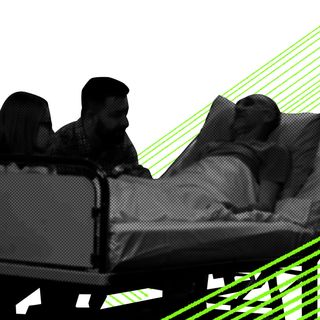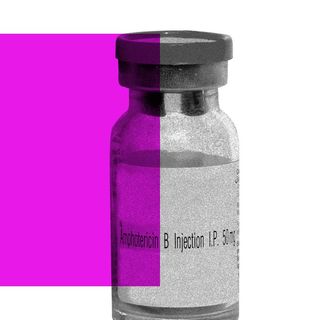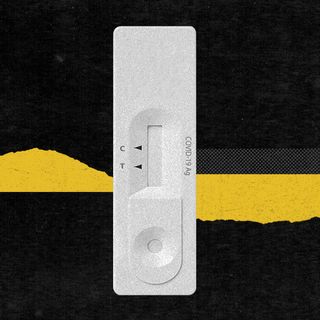In Untrending, we side-eye the latest fads so we know what we’re getting ourselves into — and what (if anything) we’re getting out of them.
Dry brushing, or the practice of rubbing a coarse, natural-fiber brush over the body in a particular pattern, first originated in several ancient cultures from places like Egypt and India. One of the first times dry brushing was sighted in pop culture was in a Bridget Jones movie, where the titular character aggressively rubs a brush on her thighs in order to get rid of cellulite. Over the past few years, dry brushing has taken off, with models like Elle Macpherson and Miranda Kerr swearing by it.
The usefulness of dry brushing is clear — rubbing coarse fibers over the body helps slough off dead skin cells and stimulate circulation, leading to clean and healthy skin. However, the benefits of dry brushing have taken on mythic proportions, with people swearing that dry brushing erases cellulite or removes toxins from the body. The science on these tall claims, unfortunately, doesn’t check out.
As far as its efficacy against cellulite goes, dry brushing doesn’t do much to get rid of the fat deposits under the skin. Cellulite is formed when fibrous bands that connect the skin to muscle tighten, causing the skin to break down and the layer of fat beneath the skin to push up. There’s no scientific evidence that dry brushing can loosen these fibrous bands.
Related on The Swaddle:
Toxic Beauty Rituals Still Plague Women in a Society Obsessed With Skin Care
What dry brushing does is temporarily reduce the appearance of cellulite by allowing increased blood circulation, which plumps the skin and gives it a smooth appearance. However, this is common to all forms of massage.
Another popular claim about dry brushing is that it removes toxins from the body. The only thing dry brushing removes is dead skin cells. Plus, the skin is not responsible for removing toxins from the body — the liver is.
While dry brushing can also help encourage feelings of well-being and happiness, like all massages, it is best to practice it with a certain amount of restraint in order to avoid injury. Dermatologists are clear that overbrushing your skin, or brushing over areas that have rashes, cuts, moles, warts, bumps, lesions, burns, sores and bruises will lead to further injuries, irritation, or inflamed skin. In case of other severe skin conditions, like eczema or skin cancer, it is best to consult a dermatologist before proceeding.




